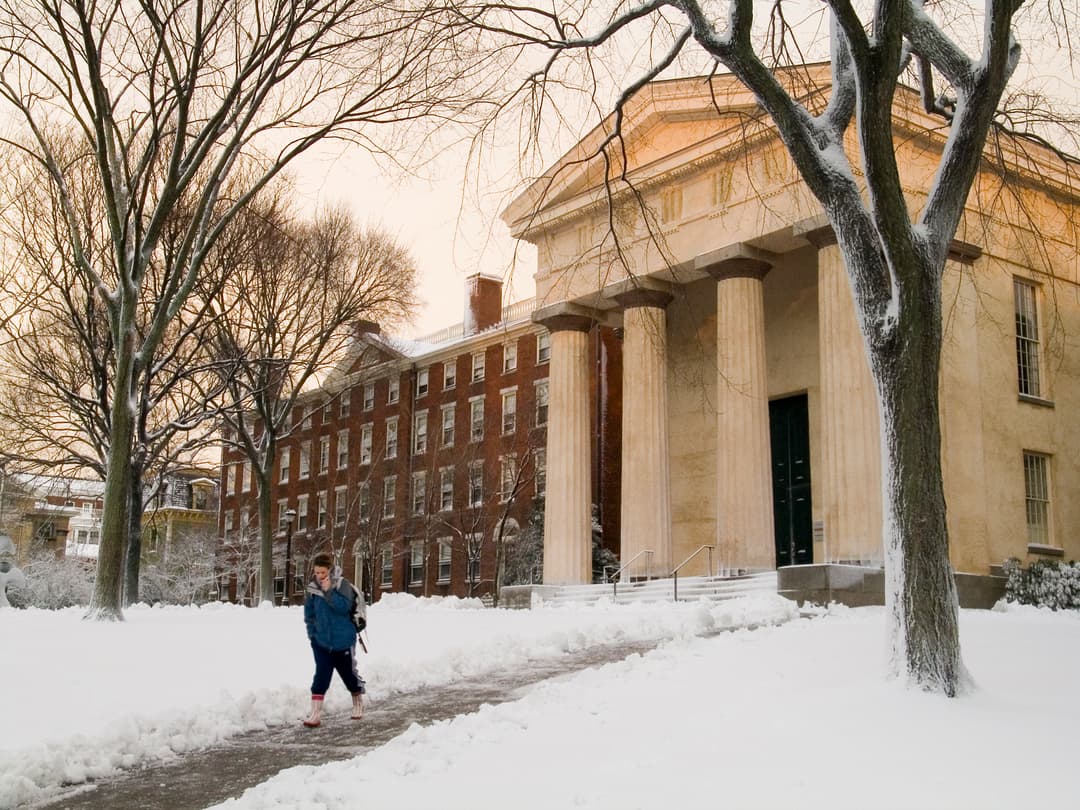
To Improve Student Success, Higher Ed Might Need to Shift How It Views Community
The past decade has presented a host of challenges that impede student success—a fact remarked upon by many higher education professionals who attended a community conversation at JAM 2024, Jenzabar’s annual user conference. Many of these issues are related to the fact that students graduating high school are entering college lacking hard and soft skills required to succeed academically. Compounding these issues are challenges that exist for students outside the classroom (financial burdens, social anxieties, the job market, etc). While staff and faculty are increasingly involved in the student’s once autonomous journey toward success, national retention rates remain stagnate.
This year’s community conversation focused its student success discussion on the notion of community and asked participants: What role can the greater campus community play in fostering student success? Below we explore some of the conversation’s key takeaways.
Understanding the Definition of Student Success
At the heart of the student success struggle lies the question: How, exactly, do we define “student success?” Is student success solely about academic achievement, measured by GPAs and graduation rates? Is it about post-graduation success—and how would you measure that? Employment numbers? Average starting salaries? These were several of the answers given when the question was raised during the community conversation, but each of these definitions can be incredibly narrow.
“What we’ve learned in working with different institutions is that student success can’t be a one-size-fits-all model,” said Jeff Elliott, Senior Director of Product Management at Jenzabar. Success looks different for each student, and assuming how a student defines success can lead to some erroneous assumptions about how to help students achieve success.
It’s easy for a student success program to get bogged down in assumptions of what students need as opposed to what students themselves say they need. "We can't define success in a vacuum,” said Elliott’s co-presenter, Jenzabar Product Manager Jasmin Perez. “If we don't include students in the conversation, are we truly addressing their challenges?"
Rethinking Community to Identify StudentSuccess Barriers
One common way of understanding student success barriers is to identify general challenges that exist in certain demographic communities. For example, first-generation college students often struggle with feelings of isolation and anxiety. Conversely, working parents might struggle with time management, logistics, and financial challenges. But while identifying student challenges this way can get the ball rolling on building student success strategies, these assumptions may also limit the understanding of barriers impeding success.
Considering a student as a member of your institution’s community first and foremost might be a worthwhile place to begin investigating which challenges are impeding your specific student population. “It’s easy to make assumptions, to use things like student demographics as predictors for at-risk behaviors,” said Elliott, “but institutions need to talk to their students, really talk to them. And this needs to happen early and often—ideally even before a student begins to struggle.” Pairing these conversations with the institution’s student data can help success coordinators develop a more in-depth understanding of their students’ challenges.
Establishing the Role of Local Community in Student Success
As our ideas of student challenges become more connected to our campus’s community, it becomes increasingly important to consider what role institutions play in the greater community. When asked what their institutions were doing within the community to help foster student success, session participants indicated that they were forging strong connections with local organizations, businesses, and residents. Some institutions that serve lower-income students are partnering with local foodbanks to solve food insecurity. Many other institutions are partnering with local corporations to provide students with more internship and post-graduation employment opportunities.
But Elliott and Perez wonder if institutions can get even more creative. At smaller, regional institutions, for instance, many students are local. Becoming a force of good within the community can foster student success before a student even steps foot on campus. Elliott wondered, for instance, how opening the school gym, pool, or theater to local high school students might have an impact on future and current student success. What do you think?
You can continue the conversation on student success by listening to our fireside chat.




